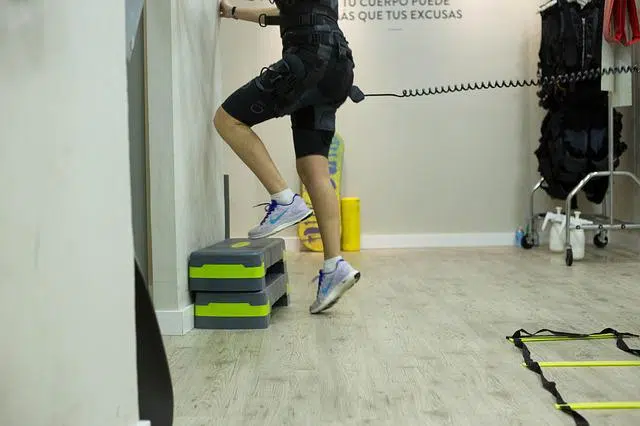
The idea of impulse can be associated with force or push.
From the Latin impulsus , the term impulse refers to the action and effect of driving (incite, stimulate, give push). Impulse is also suggestion and instigation . For example: "This award is the impetus I needed to continue with my writing career" , "We are going to give impetus to all the productive activities that take place in the provincial territory" , "We need impetus to move forward" .
The desire or emotion that leads to doing something unexpectedly and without reflection is known as impulse: «I didn't know what I was doing; "It was just an impulse," "Sorry, I got carried away by impulse," "I took her hand and kissed it: it was an impulse but it was worth it," "Sometimes you have to listen to your heart and act on impulse: it's the only way to do it." way to be happy .
Momentum as force
Impulse is, on the other hand, the force carried by a moving or growing body : "The momentum of the ball was enough to reach the goal" , "The car ran out of fuel half a lap from the end, although it ended up crossing the goal thanks to the momentum it brought .
The expression "gain momentum" is linked to the action of running to make a jump or throw with greater momentum : "Be careful with the well: you have to gain momentum and jump with all your strength," "The athlete took a long impulse and "He threw the javelin to a distance that marks a new Olympic record," "I gained momentum and tried to jump over the puddle, but I fell right in the middle of the water and had to change my shoes and socks."

Electrostimulation takes advantage of electrical impulses as part of physiotherapy treatments.
Muscle electrostimulation
Electrical impulses are variations in the intensity or voltage of a pulse-type current, and usually last only a few microseconds and show an angular wave. One of the areas in which this concept is used is physiotherapy, more precisely electrostimulation. In this context, to obtain the desired result in each case it is essential to know the characteristics of the electrical impulse, which we detail below:
* frequency : defines how many times an impulse occurs per second and represents one of its most significant parameters. Regarding muscle therapy , lower frequencies stimulate slow fibers, while higher frequencies affect fast fibers. To strengthen slow muscles, both these and the fast ones, or just the fast ones, the ranges of 2 to 30, 30 to 70 and 80 to 120 hertz are used, respectively;
* time or width : this is the duration of the stimuli, whose magnitude must be measured in microseconds, as detailed by Weiss's law (which establishes a relationship between the amplitude, the intensity and the time the application lasts). A term related to this point is chronaxia , which comes from the concepts time and value , and specifies the time it takes to get a current to work on a muscle and produce a contraction;
* intensity : also called amplitude, it should be measured in amperes (the unit used as a basis for recording the intensity of electric current). When working with electrostimulation it is essential to pay special attention to the sensations that the patient experiences with each step; Basically, three moments are distinguished, which are the one in which the current begins to be felt, the point at which the contractions appear and the arrival of pain. Through the correct configuration of the pulse width, it is possible to avoid discomfort, while maximizing the performance of the application.
Finally, it is important to carefully observe the time that passes between one contraction and the next; This is known as rest time , and is directly related to the outcome of the treatment. In short, the shorter the period, the greater the effort.
